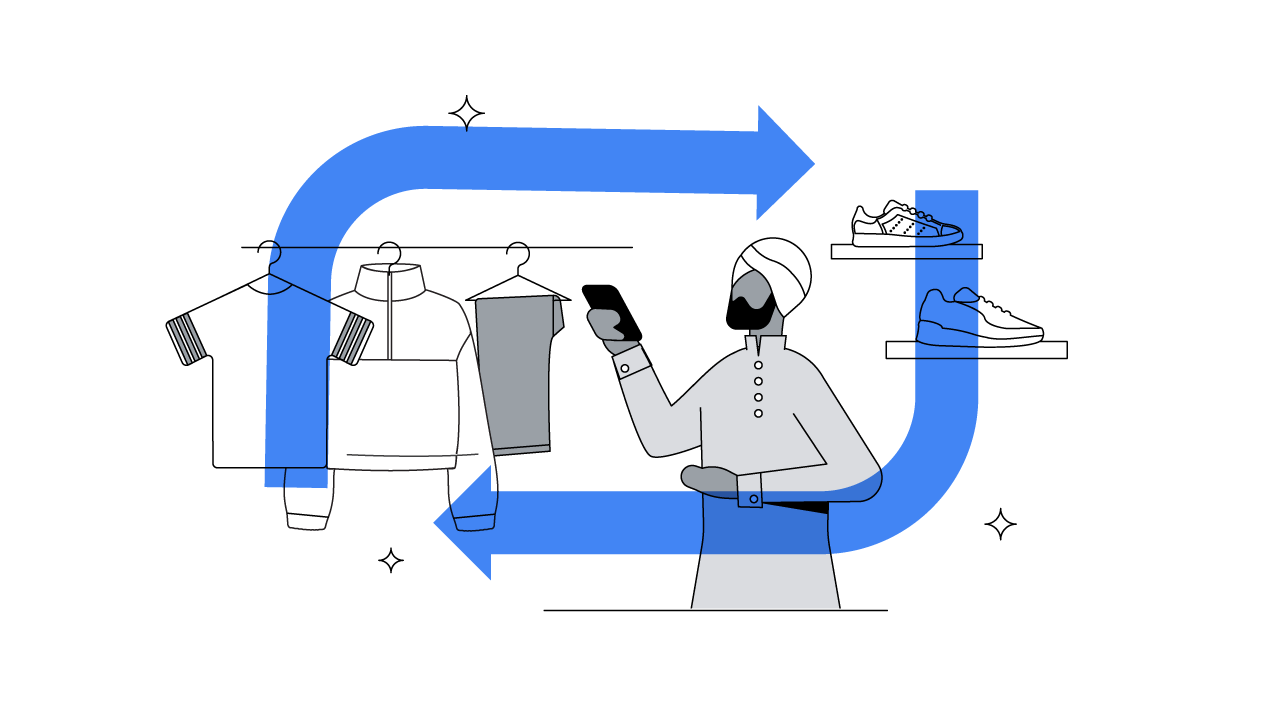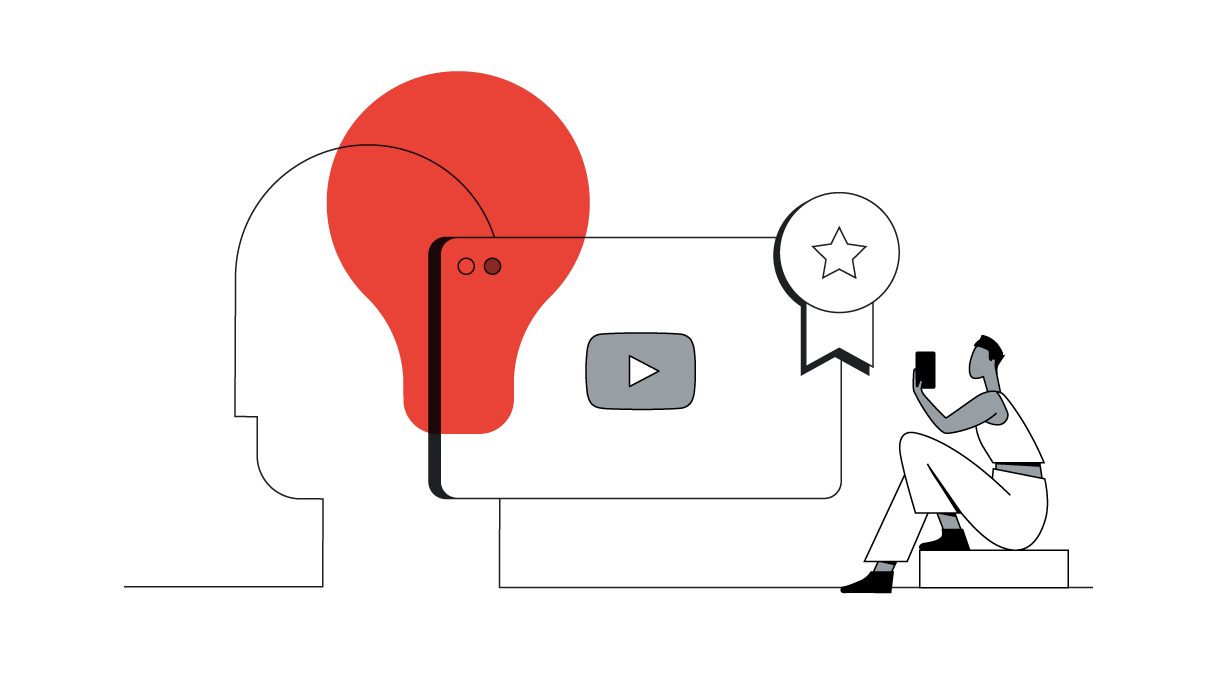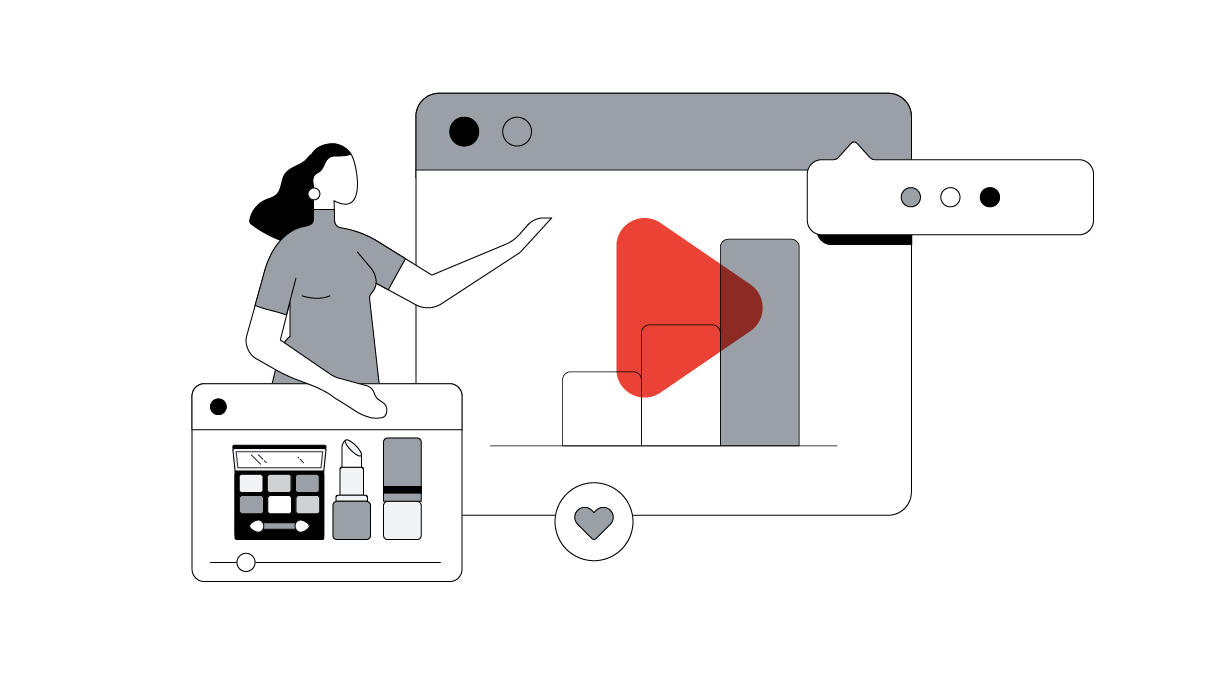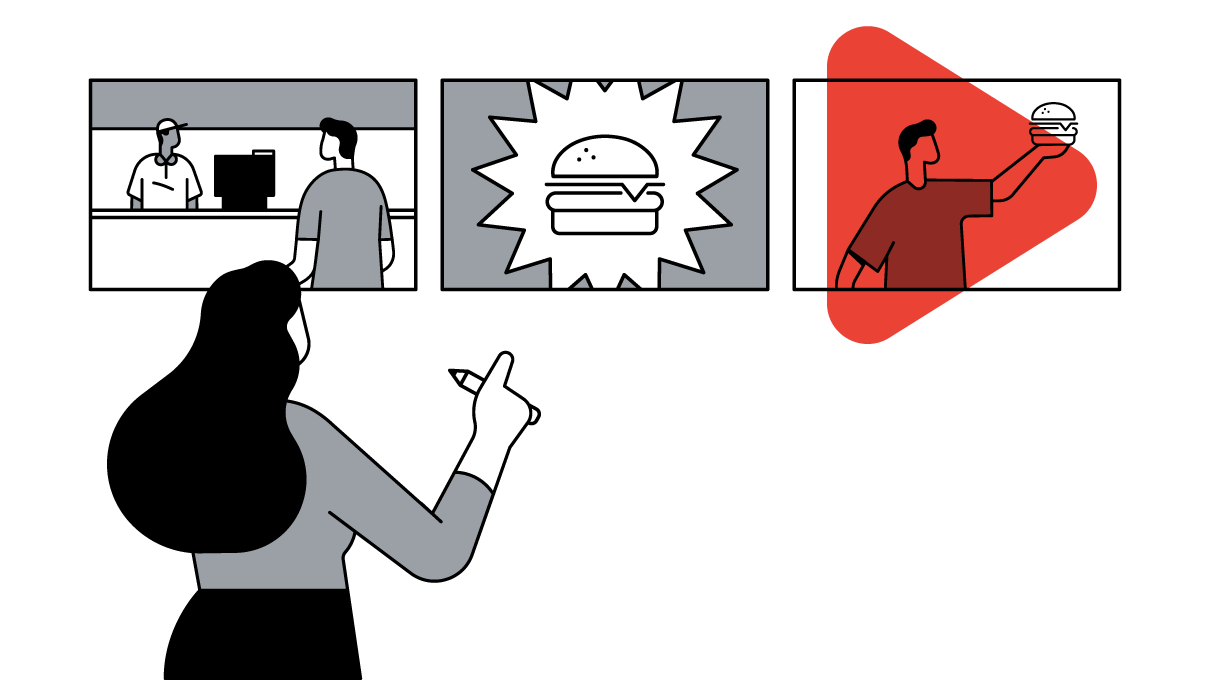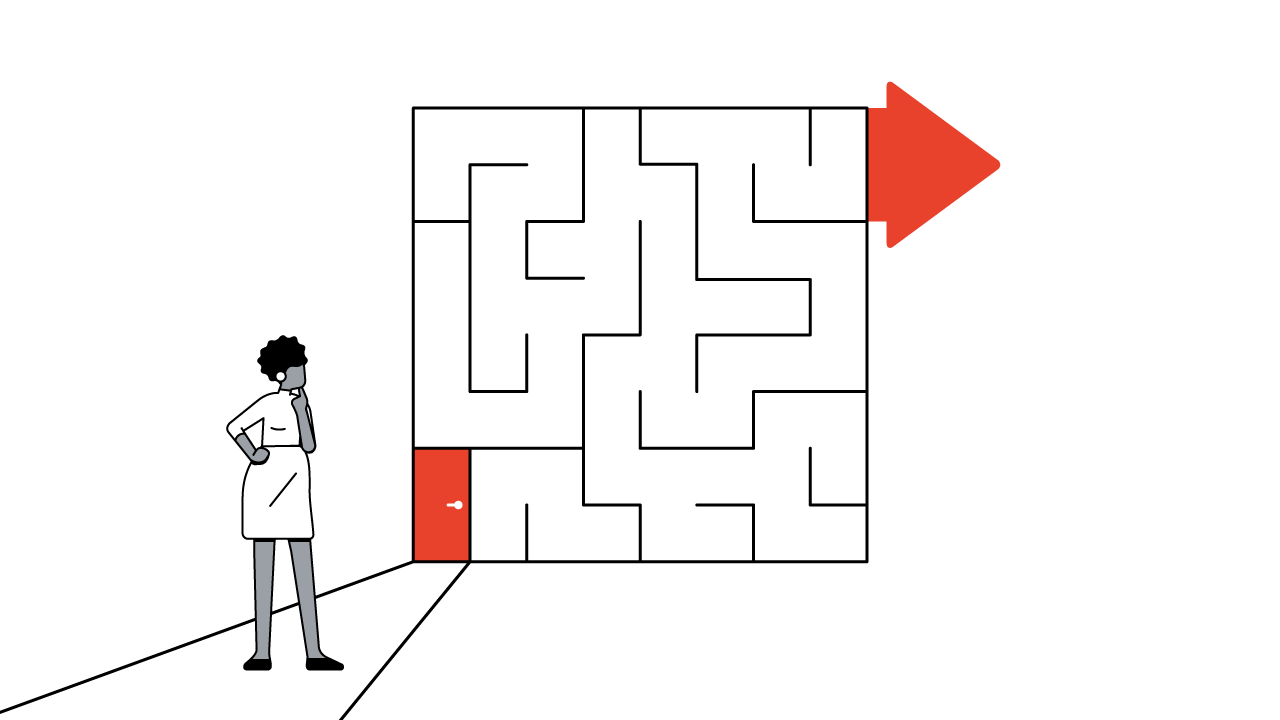Pekka Tola is Senior Vice President of Global Brand & Marketing at Valio Finland and has spent over 20 years working in sales and marketing. Here, he shows how brands can achieve greater advertising efficiencies by planning TV and online video together.
I can’t remember the last time I saw my two teenage daughters sitting in front of the television. And though I’m not one to let personal experiences direct important business decisions, it’s made me hyper aware of just how drastically viewing behaviour has changed over the years.
As a market leader and one of Finland’s biggest TV advertisers, Valio has long had a fairly traditional approach to marketing. We produce a wide range of dairy products with new launches every year, and TV campaigns allow us to quickly achieve mass reach for each of them. But as a large retailer you need to be flexible in order to respond to changing consumer behaviours. This is true both for the products you launch and the way you promote them.
(Milk)shaking up strategies
Our need to shake things up came partly with the rise of the non-dairy industry. Younger generations are increasingly choosing plant-based over dairy milk, and we needed to find a way to connect with them. As one of the first dairy companies in the world, we launched our own plant-based brand called Oddlygood.
With a different primary audience than our other products, the launch of Oddlygood also required us to rethink our advertising strategy. We started out with our traditional, TV-heavy media mix, but data quickly showed that we weren't reaching our primary audience (aged 19-44) in the most efficient way as they watch more and more YouTube. At the same time, heavy TV users ended up being overexposed to our ads, creating a lot of inefficiencies. As a new player in a rapidly growing and competitive industry, we simply couldn’t afford that.
We need to be agile and constantly open to trying and learning new things in order to stay afloat and relevant to our consumers.
So we did what we had long been wanting to do: overhaul our media planning. Oddlygood — by far our bravest product to date — seemed like the perfect guinea pig on which to test a new approach.
Screen-neutral media planning and creatives
While we knew we weren’t reaching our full potential audience with our traditional media mix, we couldn’t afford to redistribute our budget without knowing what the optimal split between TV and online video would be. To solve this, we first worked with market research company AudienceProject to analyse the combined and incremental reach of our TV and YouTube campaigns.

With insights gained from this analysis we then worked with Google and Dagmar, our media agency, to calculate which budget allocation would get us the best possible reach regardless of the channel. Reach Planner — a media planning tool using historical campaign performance to forecast how different allocations of YouTube spend can drive reach — really helped us here.
Instead of planning in silos, we now look at YouTube as comparable to TV — and we’ve established that the two are complementing each other neatly.
Thanks to this dynamic setup, we are able to plan our media without having to look at each media channel separately. Over time, our advertising budget will automatically shift towards the platforms our audience decides to use most.
That’s why we also needed our campaign creatives to work on every screen. Right from the script planning stage, our creative agency Bob the Robot ensured that ads would work in short and long formats, with storylines that could easily be cut and edited for different media channels.
They filmed the footage in such a way that it could easily be cropped horizontally or vertically, with key information always placed at the center of the frame. It was then tweaked in the edit stage to make it fit for different channels. Where a TV ad has all the beef in the end, you only have a few seconds to hook someone in on YouTube, so we needed to optimise for that.
No more planning silos
Instead of planning in silos, we now look at YouTube as comparable to TV — and we’ve established that the two are complementing each other neatly. Since we redistributed our Oddlygood campaign budgets, we’ve seen an 11% boost in incremental reach on YouTube, despite a much smaller share for YouTube versus TV. In addition, we drove a 15% relative uplift in overall reach, which means we’re reaching about 300,000 people that we weren’t reaching before. That’s nearly 5.5% of the Finnish population.
Younger generations are increasingly choosing plant-based over dairy milk, and we needed to find a way to connect with them.
In addition, screen-neutral media planning has helped us increase brand consideration for Oddlygood by 6% this year. As a relatively new brand in a competitive industry, this is hard to achieve. But being forced to break our habits has really pushed us forward. Twenty years ago, when the dairy market was stable, it was tempting for retailers to be set in their ways. Now, we need to be agile and constantly open to trying and learning new things in order to stay afloat and relevant to our consumers.
To bring it back to my teenage daughters: while they aren’t Valio’s primary audience yet, one day they will be. And thanks to screen-neutral planning, we will be able to connect with them no matter what the viewing trend will be by then.
